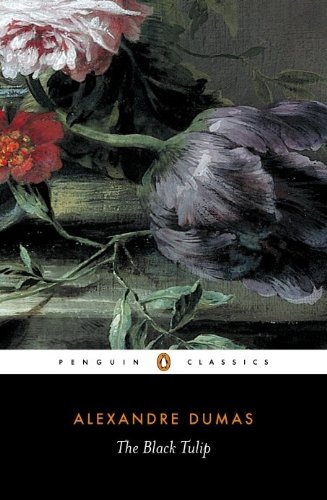
Penguin 23 May 2024 | 392 pages|e-book |Review copy| 5*
Synopsis
ANCIENT ROME, AD 37
It begins with a man’s hand curled around another’s throat.
Emperor Tiberius first dispatches a traitor. Then his whole family.Next all his friends. It is as if he never existed.
THIS IS ROMAN JUSTICE.
Into this fevered forum, a child is born. His mother is Agrippina, granddaughter of Emperor Augustus. But their imperial blood is no protection. The closer you are to the heart of the empire, the closer you are to power, intrigue, and danger. She faces soldiers, senators, rivals, silver-tongued pretenders, each vying for position. One mistake risks exile, incarceration, execution. Or, worst of all, the loss of her infant son. For Agrippina knows that opportunity waits, even in your darkest moments. Her son is everything. She can make this boy, shape him into Rome itself – the one all must kneel before.
BUT FIRST, THEY MUST SURVIVE . . .
This then is the story of Nero’s birth and raising under the watchful and scheming eye of his mother Agrippina – a woman every man crossed at his peril.
My thoughts:
I’ve enjoyed three books by Conn Iggulden and Nero is no exception. It is excellent. It’s the first in a new trilogy and having read it I’m eagerly looking forward to reading the next two books about Nero. This is the story of his birth and early years up to his 10th year. But it’s more about his mother, Agrippina than about him. She was ruthless, scheming and ambitious for her son, allowing no one to stand in her way.
My interest in historical fiction about the Romans really began in 1976 when I watched the BBC adaptation of I, Claudius and Claudius the God by Robert Graves, starring Derek Jacobi as Claudius. Later on I read the books, which I loved (I’m tempted to re-read them). Nero brought it back to me as it covers the reigns of Tiberius (the end of his reign), Nero’s uncle, Caligula, and then his great-uncle, Claudius.
Iggulden writes well, bringing life during this period vividly to life. He doesn’t hold back on describing the cruelty and brutality of the times. – he states in his Historical Note: ‘Tiberius was a horror of ancient Rome, who tainted or destroyed anything he touched. … Details of Tiberius’ parties on Capri are too grim to relate …’ There are episodes where, if I’d been watching on TV I would have been covering my eyes, and peeping through my fingers – but I am rather squeamish!
The Historical Note at the end of the book gives further details about the characters, their lives and relationships; and about the ad 43 invasion of Britain, about trade between the empire and Britain before the invasion, and the battle of Medway that took place in Kent.
Despite the gory and bloody scenes I thoroughly enjoyed Nero. Iggulden is a great storyteller.
My thanks to Michael Joseph / Penguin Random House, the publishers for a review copy via NetGalley.


















